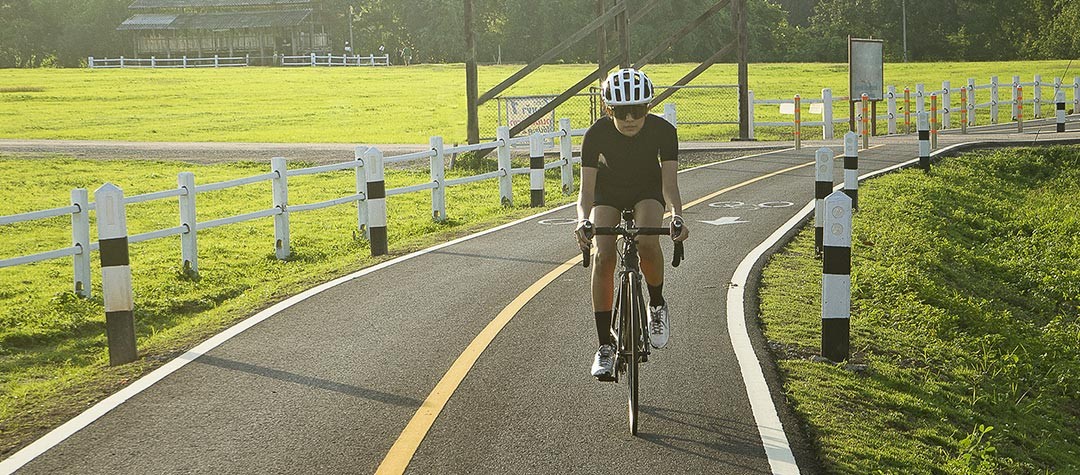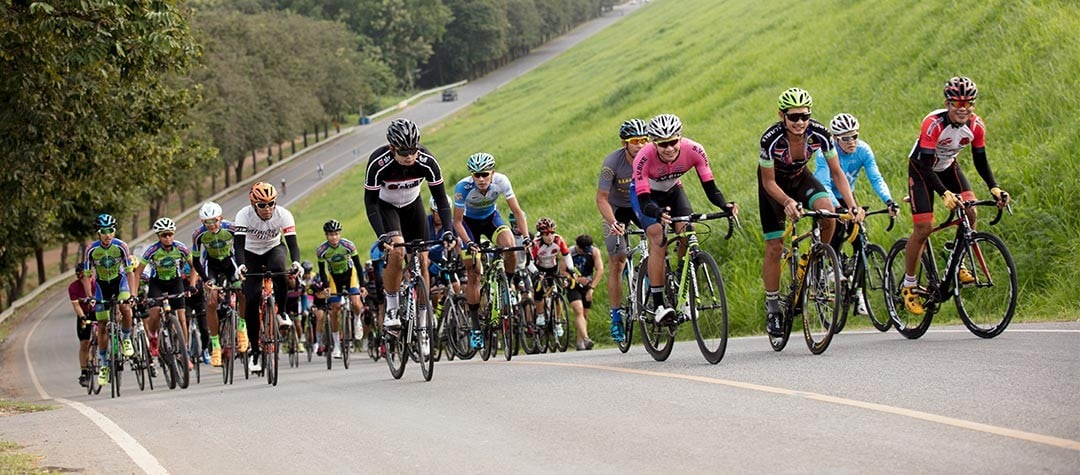To make proper progress with your road cycling you need to follow these training rules so that you don’t repeatedly make the same mistakes.
Road cycling progress can be made with the right degree of application and motivation, but getting this right is not always easy, especially if you are a novice rider. Follow these golden rules for training to successfully make the improvements that you crave.
Rest and recovery
It may seem strange to start this list with rest, but if you don’t get this element of your training right then you will not maximise your potential for progress. Whilst you don’t want the whole of your cycling programme to consist of rest, it’s essential to listen to your body and take time off to enable proper recovery.
Train according to how you feel
If you’re having a bad day or are feeling unwell, consider whether a training ride is really going to help. Training when you’re feeling unwell or having a stressful time at work, for example, can often be counterproductive. This is not to be confused with that ‘I can’t be bothered, because I feel tired’ feeling!
Have a training plan
Cycling without a plan can be demoralising. If you have a target in mind, then you need to follow a structured plan or you could find you are going through the motions without making proper progress. A rider who always trains by riding at a steady pace on the flat will generally always just be capable of riding at a steady pace - they will get found out by pacier riders or hills! A plan will give you short, medium and long term targets that you can tick off as you achieve them.
Stick to the plan
Once you have devised your plan, then stick to it. Don’t be tempted to deviate from it just because you’re having a particularly good day and feel capable of adding another set of hill climbs or intervals. The plan will have been put together with all of the basics of training in mind, such as the need for progression.
Build up your fitness slowly
Don’t be tempted to do too much too soon. Even though you might feel that you just want to get into your cycling in a big way from day one, make sure that you stick to your plan and start slowly. If you don’t then you are very likely to get injured or quickly burn out.
Get into a cycling routine
By this, we mean get used to going out on your bike regularly. Build it into your way of life, just like you go to work and have dinner when you get back. What we don’t mean is do the same bike ride all the time. Try and vary your rides to do a variety of sessions so that you are comfortable riding the flat and don’t have the same fear for the hills as when you first started out.
Cycle your own way
Training with a partner or a group of riders suits some people more than others. There are advantages (such as safety, motivation and the ability to learn from others) but there are also disadvantages. You may well find it better to do your own thing, especially in the early days, until you get some distance in your legs and build your confidence. One of the problems of riding with others is that you lose heart if you can’t keep up or don’t make as much progress as they do.
Don’t waver
Believe in yourself and don’t give up. There will be plenty of times when you doubt your ability to follow your plan and achieve your goals. Don’t lose sight of your goal; keep at it. We all have bad days but don’t let them affect you. This is where the option of riding with others can be useful as a firm commitment to ride will keep you motivated.
Tackle your cycling weakness
If you are aware there is something letting you down in your riding then work on it. Don’t let a weakness bring down your training. Deal with it as soon as you identify it. Maybe you aren’t that strong at going downhill or you’re struggling with the right gear selection when tackling hills. Where possible, seek advice and act upon it to iron out your weaknesses before they become a real problem or even a fear.















